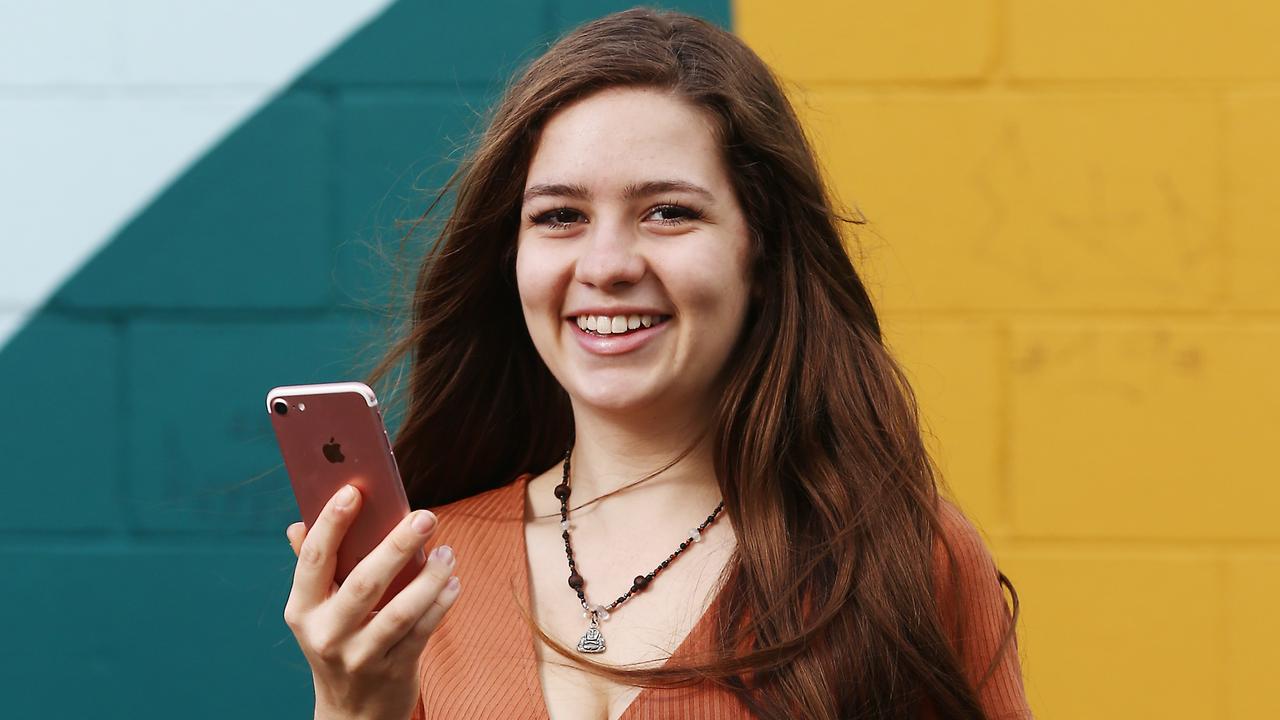Apple iPhone X puts the future in your hands
Is X, Apple’s 10th year commemorative handset of the iconic first iPhone, worth its $1579 price tag? | VERDICT
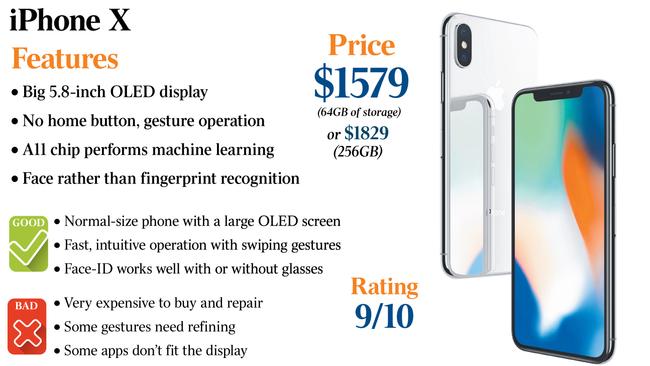
With iPhone X, Apple has produced a smartphone that’s not only futuristic, it’s a pleasure to use. It deserves to be the 10th year commemorative handset of the iconic first iPhone that Steve Jobs introduced the world to in January 2007. That’s my view after using X for a week.
When Apple announced X in September, many of us who liked iPhone X’s features were worried about operating it without a home button. With a screen that’s even bigger than iPhone 8 Plus, X sounded like a bricklike device you’d have trouble fitting in your pocket.
In reality it took me less than an hour to adapt to life without a home button and using swipe gestures instead. There’s one simple rule: if in doubt, flick upwards from the bottom of the screen. You flick upwards to close an app, to return to the first menu, and you flick upwards and pause to access the app switcher.
The ol Home Button Blues turned out to be a song without any verses.
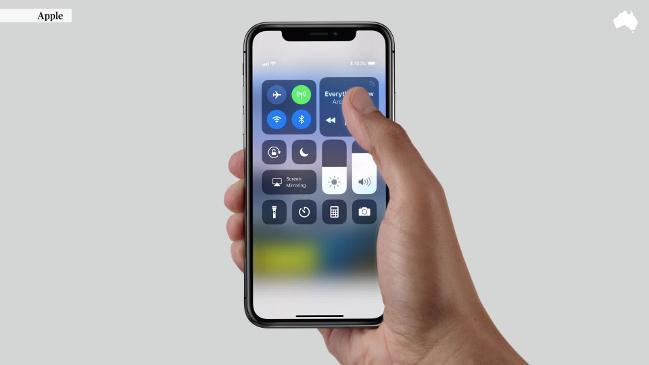
Size-wise, X is only slightly bigger than the regular-sized iPhone 6,7 and 8 handsets despite its much bigger screen, due to there being no frame or bezel around the edges. This is a big-screened phone bottled as a small device. It feels taller and slimmer in the hand. So you won’t need deep pockets to house iPhone X.
But you will need deep pockets to pay for it, with a starting price in Australia of $1579 for 64GB of storage and $1829 for a 256GB handset. That’s astronomical for a phone.
And because it has a high quality OLED display, ironically made by Samsung, you’ll be shelling out $418.95 to get it repaired by Apple, and $818.95 to pay for other damage. There’s glass on both the front and back to look out for.
The repair costs make a compelling argument for taking out AppleCare+ coverage for two years for $299. But then you could be paying more than $2K for a phone, for the first time.
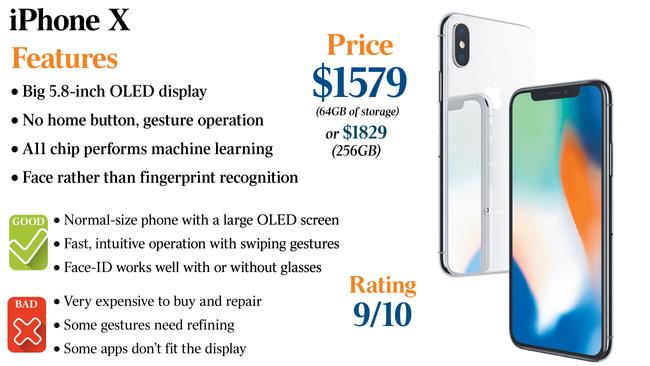
That huge pricing is partly the dreaded ‘Australia tax’, the mark-up that transnational companies often apply to technology goods sold here. The US prices of $US999 and $US1149 don’t seem quite as bad.
The other factor you’ll notice is weight. At 174g, it’s heavy compared to iPhone 6 (129g), iPhone 7 (138g) and 8 (148g), but lighter than iPhone 8 Plus (202g). The perception of weight is partly due to density. You don’t expect a smaller phone to be quite as heavy.
My gripe about gestures is the app switcher. You swipe up and pause to access the app switcher, but then you have to press down again to get the ability to close an app, and then swipe. It’s convoluted and inconsistent with iOS 11 on iPad Pro. And there’s no ‘close all’ option.
There was the odd app I had trouble exiting without a home button, such as my old favourite game Train Conductor. But the bottom line is I feel no urge to press a home button again.
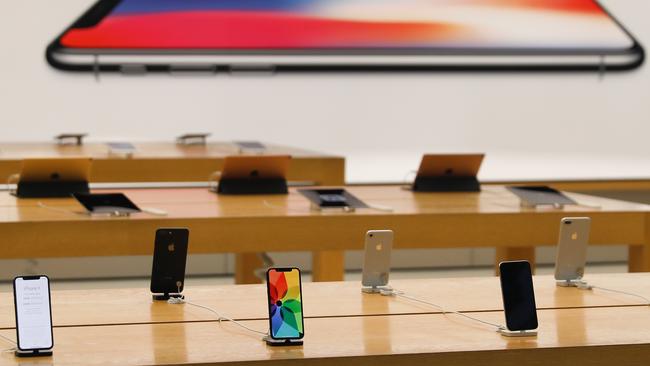
From fingerprints to Face-ID
Without a home button, there’s no fingerprint recognition for unlocking X. Instead you use ‘Face-ID’, an Apple-esque term for its infra-red facial recognition system. It includes a ‘flood illuminator’ for displaying infra-red light, a ‘dot projector’ that displays 30,000 infra-red dots on your face and an infra-red camera.
It works reliably in most circumstances. It recognised me with or without reading glasses and when I wore sunglasses.
It recognised me in our amenities room which is so dark I can’t see my hand in front of my face. And so it should, as an infra-red system should work optimally where there is no other light source.
The test will be a competing light source in bright conditions that interferes with Apple’s infra-red system. For the most part, you won’t need to resort to entering a PIN.
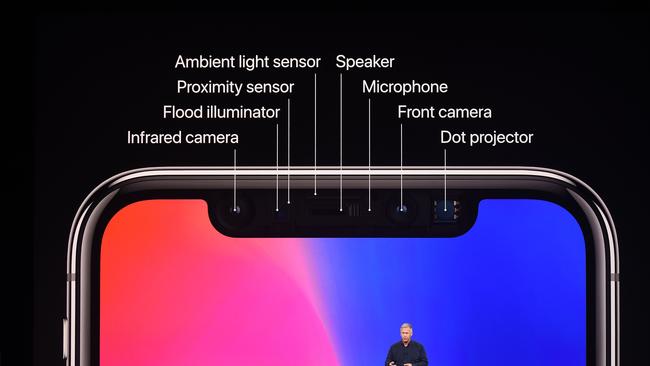
Apple says that as long as enough of the 30,000 points are verified, you’ll get in. The Face-ID system subtly adjusts its biometric record as your appearance changes in time.
If the change is dramatic, if you shave your beard or totally rearrange your hair over your face, the phone will ask for a PIN before updating its record of your face. Apple insists that personal biometric data is stored on the phone in encrypted form and not sent to the cloud. I hope it is right.
This ability to assess and learn changes to appearance is due to a ‘neural engine’ in the phone’s A11 ‘bionic’ processor that Apple says can operate at up to 600 billion operations per second. It recognises people, places and objects. It’s hard to comprehend such a speed but it’s an example of the new era of machine learning in smartphones.
I like how when it recognises my face on the lock screen, the notifications are suddenly populated with their contents. It’s a dramatic effect.

Apple’s face recognition is more advanced than Samsung’s Galaxy S8 which wouldn’t recognise me wearing glasses if I registered my face without them.
Smartphone camera technology has come a long way in recent years, especially when it comes to how camera sensors works with a phone’s processor and memory.
This year Sony released the XZ Premium, a smartphone capable of taking short bursts of slow motion at 1000 frames per second. Sony added a layer of memory to the sensor component.
It was an ingenious move that Sony says can deliver a transfer rate of 25 gigabits per second. Integrating sensors with memory and processors is the way forward.
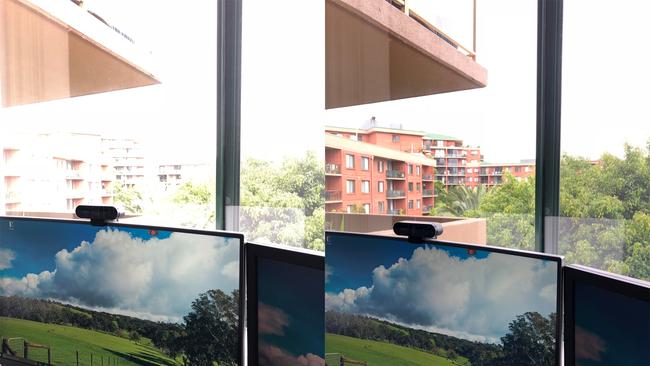
Apple has upped the specs from iPhone 8 Plus with X supporting optical image stabilisation on both the wide angle and telephoto back facing lenses. The telephoto lens supports a shallower depth of field with a wider f/2.4 aperture rather than f/2.8 found on iPhone 8 Plus.
iPhone 8 Plus only supports portrait lighting with the back camera. On X both the 12MP back facing and 7 MP front facing cameras support it.
The portrait lighting feature lets you dial modes such as studio lighting, stage lighting and contour lighting. That in turn uses software and the phone’s A11 bionic processor to create the effect. The camera sensor and phone processor work to compose a final photo.

Dual lenses on the back help the phone work out the depth factors needed for the Bokeh (blurring) effect but there’s only a single regular lens on the front. So the Bokeh effect is implemented differently, with Apple saying its processor collects depth data which is used to create the effect.
I went about taking lots of these portrait selfies and while some looked good, others cropped out the edges of my head or left artefacts of the background in stage lighting mode. The feature is still in Beta.
I found it hard to avoid the screen flash from reflecting on my glasses when taking selfies at night by the way.

Overall you get minor improvements in clarity in low light with the better telephoto lens on X but there’s really not much difference between X and 8 Plus camera performance.
The ability to even out the very bright and darks sections of an image with HDR (high dynamic range) has been on iPhones for years and seems to work really well with X — so well that Apple has made ‘HDR on’ a default and removed it as a menu option in the camera app. But you can restore it in camera options.
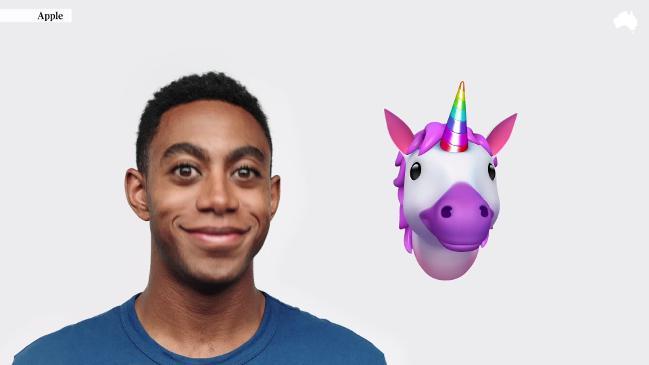
Releasing your inner emoji
Animojis, or animated emojis, is the phone’s ‘show off’ feature. You create an emoji by choosing one of 10 faces that speak your words and moves its eyes, cheek muscle and neck in sync with yours. Apple says it uses those 30,000 points of verification on the front camera to track 50 facial features. You get 10 seconds per animoji message.
You create animojis in iMessage, and send them to your friends. If the recipient doesn’t have a compatible iPhone, they are converted to a .mov file.
I tweeted animojis and loading them into Instagram. That required messaging them to myself, downloading and converting them into mp4 files. I used Handbrake for that. Ironically, to add an animoji to Instagram, I had to upload an mp4 file to an Android phone and add it to Instagram from there.
The concept of cartoon-like characters whose faces mimic human movements is not new. It’s how modern professional cartooning works. The feature is part of Adobe Character Animator released in 2015, which we reviewed.
But Apple has created a form of it that lets everyone become an animater.
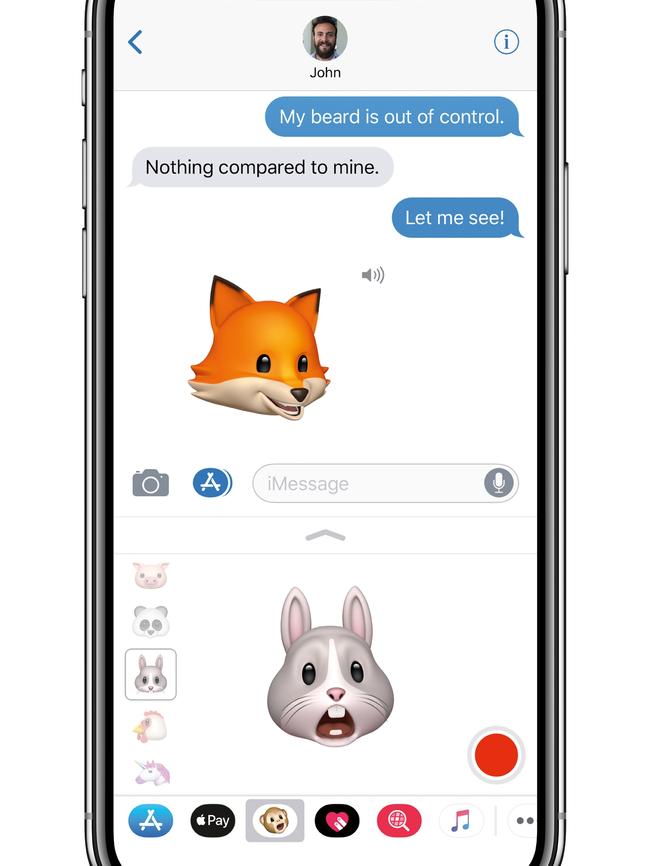
This could lead to some great apps. I can imagine an app that lets multiple iPhone X users come together and create a cartoon in real time with multiple moving heads.
Alternatively, an app might let you create multiple animojis and seamlessly edit these together into dialogues. You could do that now with current editing software, but it’s a bigger production job.
Animojis is also clever Apple marketing. Anyone who receives an animoji may feel frustrated that they can’t send one back. They might feel they need an iPhone X. Animoji envy could spark sales.
It’s not all smooth sailing for Apple, with Japanese software company Emonster kk reportedly suing Apple in the US, with the Japanese company saying it has a trademark there for ‘animoji’. Patently Apple reports that Emonster kk was granted a registered trademark certificate in 2015 for ‘animoji’. Emonster kk also had placed an Animoji app in the app store.
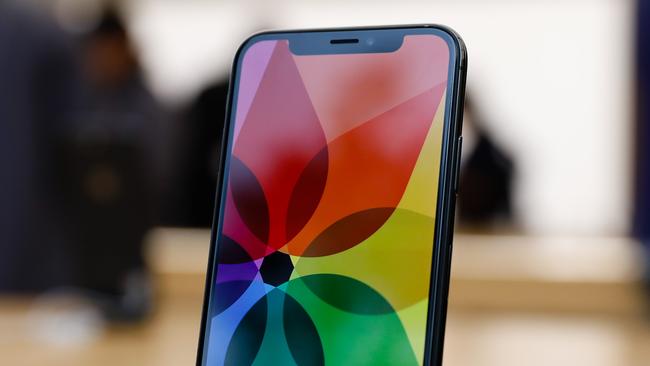
There were some issues with X. Apps don’t fit exactly because the phone’s dimensions are different. I couldn’t find how to permanently display the battery percentage with much of the top of the display now taken up with sensors — the so-called notch.
While gestures mainly worked, very occasionally nothing would happen when I swiped from the bottom. And I missed being able to hit the home button to unlock the phone when it is sitting flat on the table. I’d have to tilt it up to be recognised, and then swipe up.
Apple claims a reliability rate of 1 million to one with Face-ID, although it has qualified this for twins and children under 13. That’s just as well with The Wall Street Journal cracking Face-ID with a set of triplets. The faces of two triplets unlocked iPhone X when it was set up for the third. Apple says if people are concerned in these cases, they should configure the phone to use a standard passcode.
(We didn’t have this problem of twins compromising the system when in 2015 we used several sets of twins to test Microsoft’s face recognition with Windows Hello.)
With X, Apple has upped the volume on its speakers and this is noticeable when compared to iPhone 8, although I rarely listen to music through smartphone speakers. For me, it’s either a headset or Bluetooth speaker.
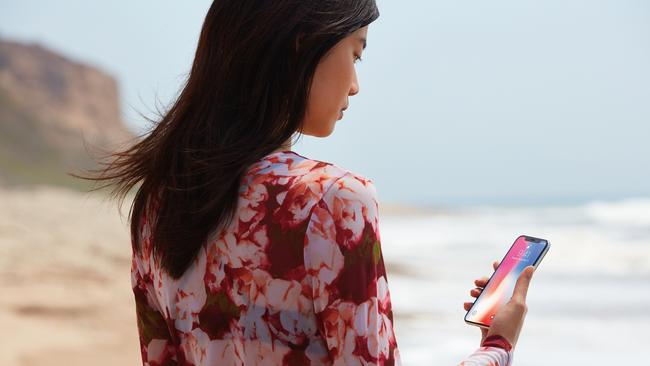
Worth the price
Battery wise, iPhone X got me through a day with typically around 20 per cent of charge left after 24 hours. That’s good considering I used the phone a lot for this review. Our standard battery test watching video at 50pc brightness returned 11 hours 20 minutes on a single charge. Like 8 and 8 Plus, X supports wireless charging although it is slower than normal charging.
There are other differences that might initially stump you. For example, you power down X a different way. You have to squeeze both the power button, and either volume up or down on the other side.
There will be those who say the world has gone crazy with people lusting after such advanced capabilities on a phone. They say those who are excited by such features should “get a life”.

A Deloitte study in 2015 found that Americans access their phones 8 billion times per day. That’s a lot of home button presses, fingerprint authentications, password/PIN authentications and general uses. How we access these computers in our pockets is centre stage in our daily lives.
Lots will find X way too expensive, particularly in an Australian market where nowadays you get amazing features in China-branded smartphones costing around $600. That’s $1000 less to pay.
But you do get to enjoy some great technology with X.
IPhone X certainly offers a window into the future, with an array of sophisticated sensor/camera/lens operations that go beyond taking photos, and processors with incredible computation speeds for machine learning. It’s also a fabulous phone to use everyday. X comes in silver and space grey.
Price: $1579 (64GB of storage), $1829 (256GB)
Rating: 9/10

